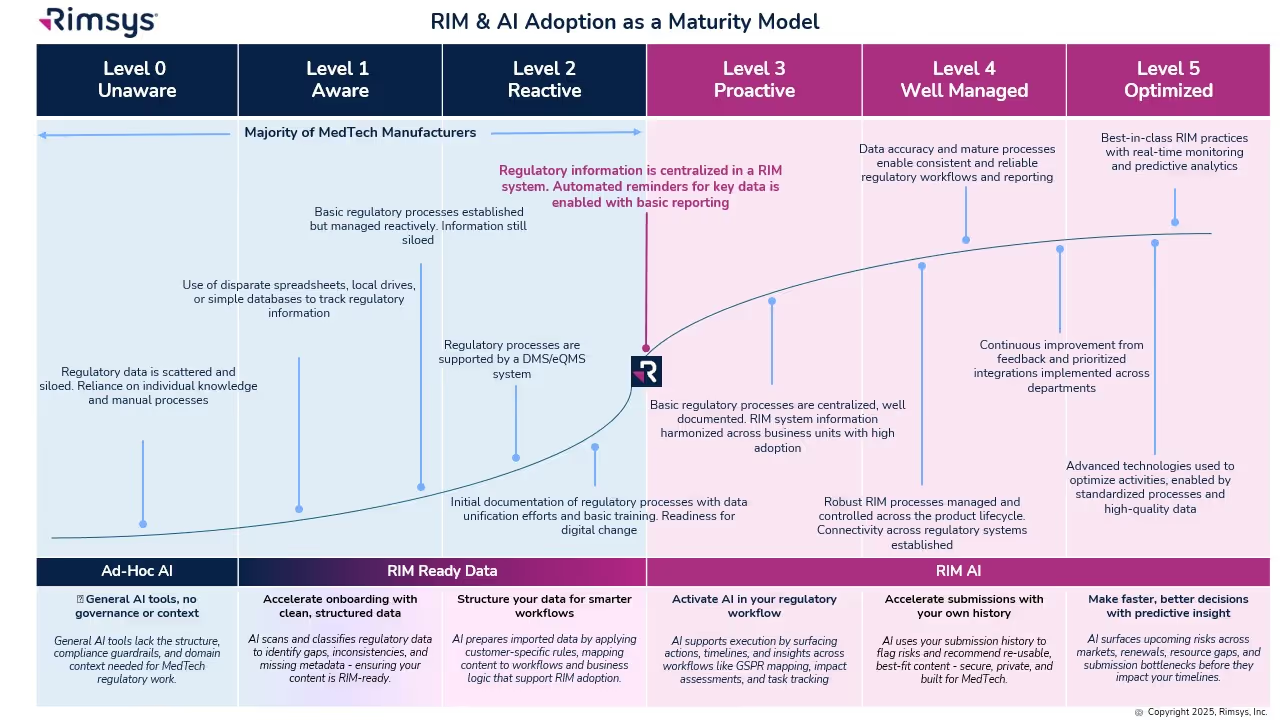MedWatch: The FDA safety information and adverse event reporting program

What is MedWatch?
What should you do if you encounter a serious side effect from a prescription drug you've taken? Or what if you were using a medical device and it malfunctioned and caused you serious harm? Do you contact the manufacturer, your doctor, or your local government? The quick answer is to contact the FDA, and it’s not as complex as you may think.
In the early 1990s, the FDA knew it needed a reliable way to help physicians, health care workers, and all those who work in the medical field to report adverse events related to pharmaceuticals and medical devices. An adverse event is any undesirable experience associated with the use of a medical product or pharmaceutical drug. They wanted a system that could be used to track these events and give them the insight they needed to review and track the reported issues.
In 1993 the FDA introduced the MedWatch program designed to collect voluntary reports of adverse reactions and quality problems of drugs and medical devices, along with all other FDA-regulated products such as dietary supplements, cosmetics, pet food, toys, tobacco, infant formulas, etc. The Stakeholder Engagement Staff within the office of the FDA commissioner is ultimately responsible for this program. They work closely with all FDA centers and offices across the entire agency and serve as a liaison between stakeholder organizations and the general public. In addition, it is their responsibility to report on medical product safety alerts, recalls, statements, and periodic safety labeling change summaries.
MedWatch is not only for medical professionals to report adverse events, but the public is also encouraged to report adverse events as well. And reporting an event to the FDA may be easier than you may think.
MedWatch Reporting
When the FDA approves a medical drug or product, the agency has determined that the benefits of the product outweigh the risks. But, sometimes there are unforeseen risks that are discovered once a product or drug gets to market and people start using it. For example, a product may be used by a larger and more diverse group of people than was represented in the clinical testing. They may differ in the complexity of their health problems or other medications that they use. Because of these unanticipated events, the FDA encourages people to report problems they feel that they’ve experienced.
To report a voluntary event online, you can use the MedWatch Online Voluntary Reporting Form 3500B, which is located on the FDA’s website. Form 3500B is a consumer-friendly reporting form that contains less technical language than the online FDA Form 3500, which is to be used by healthcare professionals. The form will step you through the process and should take about 15-20 minutes to complete. You can submit your contact information (in case they have questions or need clarification) or you can request that your information be kept confidential.
What happens after a report is made to MedWatch?
- FDA staff enter the report into a database so that it is available for review and comparison to other reports.
- An FDA safety evaluator, often a pharmacist, doctor, or nurse, reviews the report and examines the database for similar reports.
- The FDA monitors the data for trends and investigates, if appropriate.
- The FDA takes necessary action to protect public health.
Examples of FDA actions that could result from a report include:
- issuing safety alerts with recommendations to monitor a product's use, adjust the way it is used, or stop using it
- updating the product labeling to reflect new warnings
- inspecting the manufacturer
- requesting a change in the product’s design, manufacturing process, packaging, or distribution
- requesting that a company recall a product
MedWatch is a safety tool for everyone to use. Every MedWatch report is important and is recorded in an FDA database for review and comparison to similar previous reports. Taken together, these reports can identify trends and signal safety problems, leading to an FDA action to protect the public. Remember, reporting can help you, a family member, or someone else avoid harm, serious illness, or even death.
For more information, refer to the FAQ’s on the FDA website.
Join the MedWatch e-mail list here
Similar posts







.avif)

